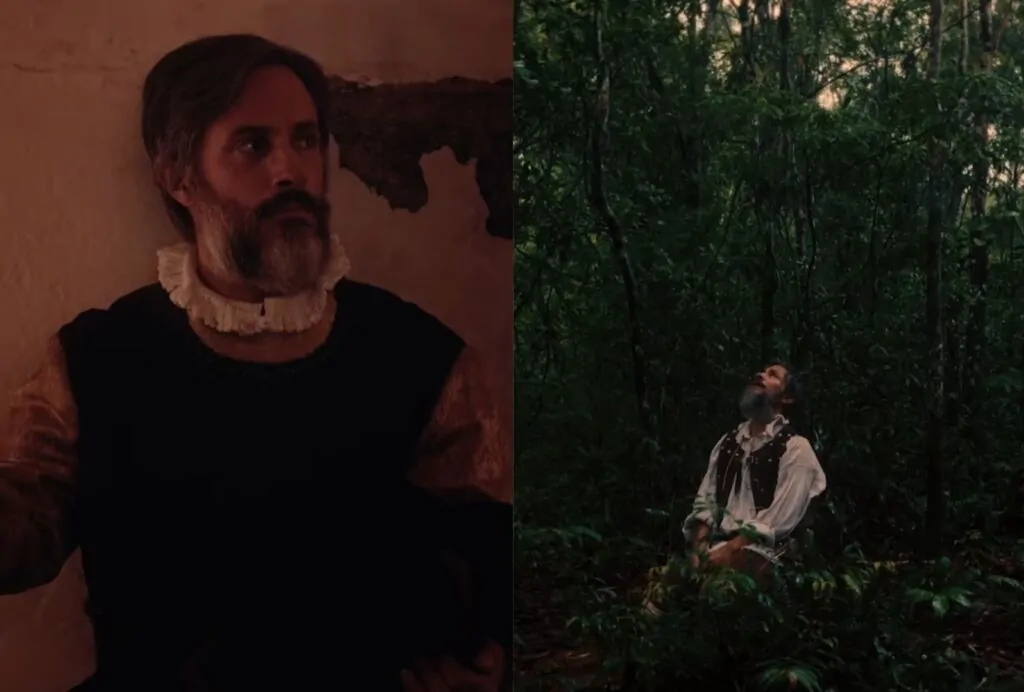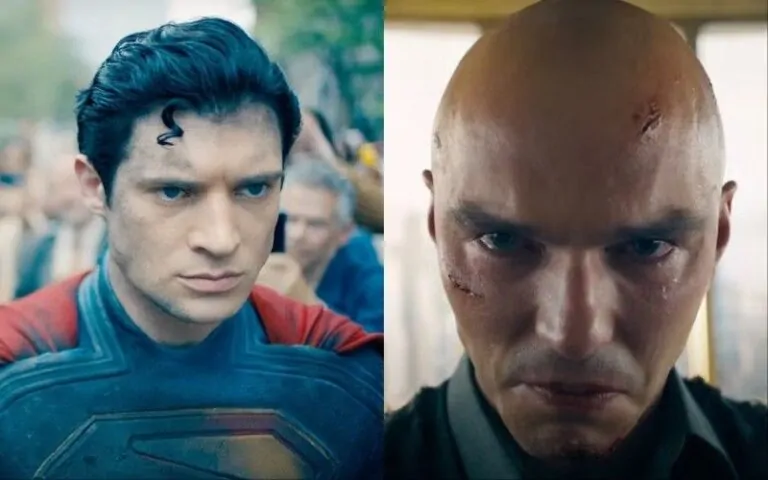
Exploring History: Lav Diaz's 'Magellan' Starring Gael Garcia Bernal Unveils
- Arts and culture play a vital role in society
- They provide a means of expression and connection
- Arts and culture can help to preserve history and traditions
- They contribute to the economy through tourism and creative industries
- Access to arts and culture should be available to all members of society
The Philippine arts and culture scene is a vibrant and diverse aspect of the country’s identity. From traditional dances and music to contemporary art and literature, Filipino artists continue to showcase their talents and creativity to both local and international audiences.
One of the most well-known forms of traditional Filipino art is the Tinikling dance. This dance involves dancers moving gracefully between bamboo poles that are clapped together in rhythm. The Tinikling dance is a beautiful display of agility and coordination, showcasing the rich cultural heritage of the Philippines.
Another traditional art form that is popular in the Philippines is the art of Filipino martial arts, such as Arnis and Eskrima. These martial arts have been passed down through generations and are a significant part of Filipino culture. Practitioners of these martial arts demonstrate skill and precision in their movements, making them a unique and important aspect of Filipino heritage.
In terms of music, the Philippines has a rich history of both traditional and contemporary music. Traditional Filipino music often features instruments such as the kulintang, a set of gongs played by hand, and the kubing, a type of bamboo jaw harp. Contemporary Filipino musicians, on the other hand, have made a mark on the international music scene with artists such as Lea Salonga, Jose Mari Chan, and Bamboo Mañalac gaining recognition for their talents.
Literature is also a significant part of Filipino arts and culture. Filipino writers have produced a wide range of works that reflect the country’s history, culture, and traditions. Some well-known Filipino literary works include Noli Me Tangere and El Filibusterismo by Jose Rizal, and Dekada ’70 by Lualhati Bautista. These works have not only shaped the literary landscape of the Philippines but have also influenced generations of Filipino writers.
The visual arts scene in the Philippines is also thriving, with Filipino artists gaining recognition both locally and internationally. The country has produced talented artists such as Fernando Amorsolo, who is known for his realistic paintings of rural life in the Philippines, and Benedicto Cabrera, also known as BenCab, whose works often depict the struggles and triumphs of the Filipino people.
In recent years, the Philippines has seen a rise in contemporary art movements that challenge traditional notions of art and push boundaries in terms of creativity and expression. Filipino contemporary artists such as Ronald Ventura, Geraldine Javier, and Kiri Dalena have gained international acclaim for their innovative and thought-provoking works.
The government of the Philippines also recognizes the importance of arts and culture in the country. The National Commission for Culture and the Arts (NCCA) is a government agency that is responsible for the preservation, development, and promotion of Philippine arts and culture. The NCCA supports various programs and initiatives that aim to showcase the diverse cultural heritage of the Philippines and support Filipino artists in their creative pursuits.
In conclusion, the arts and culture scene in the Philippines is a vital aspect of the country’s identity and heritage. From traditional dances and music to contemporary art and literature, Filipino artists continue to showcase their talents and creativity to the world. With the support of government agencies such as the NCCA and the growing recognition of Filipino artists on the international stage, the future of Philippine arts and culture looks bright and promising.
/Digital Sauce




